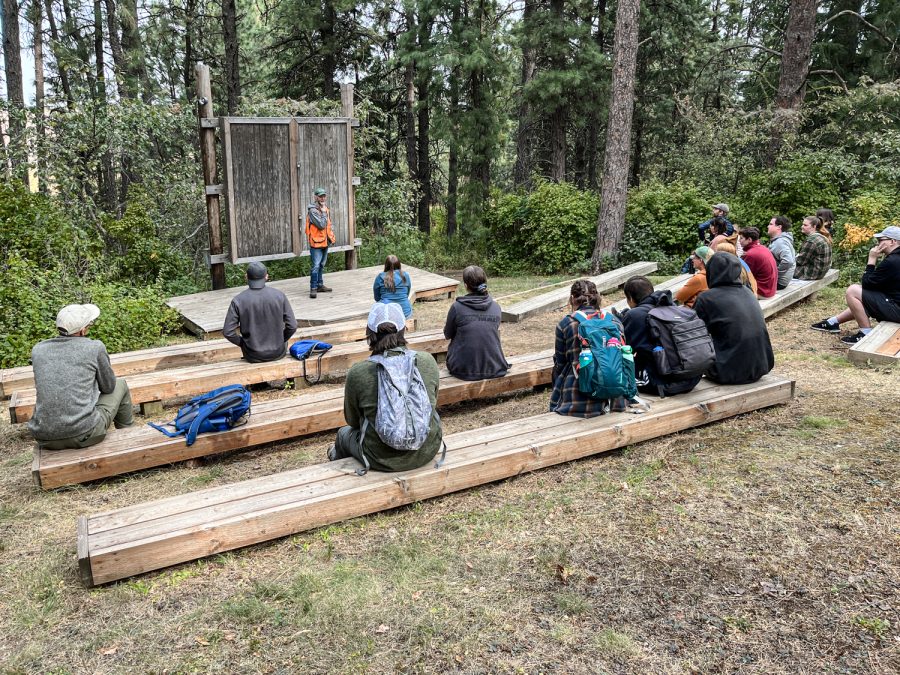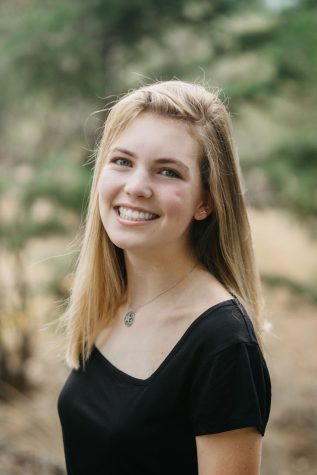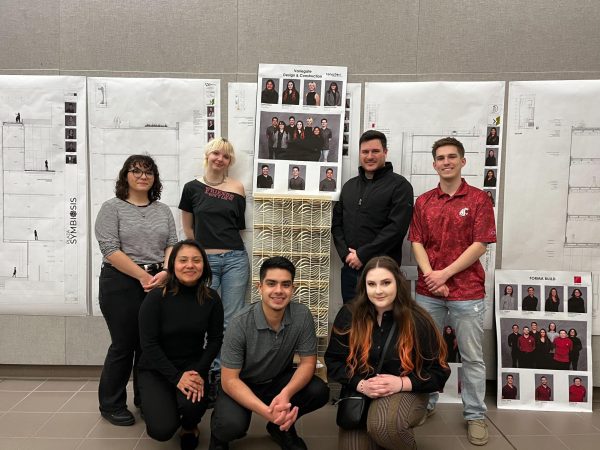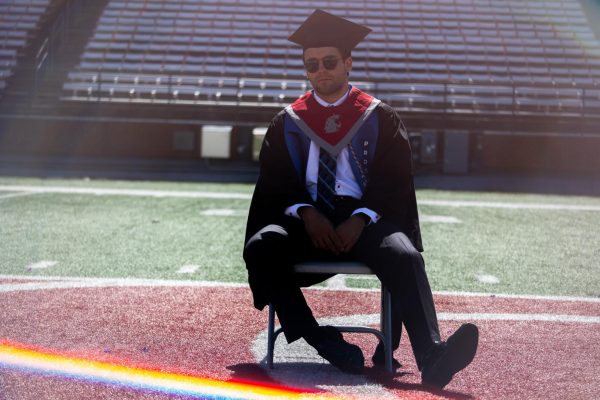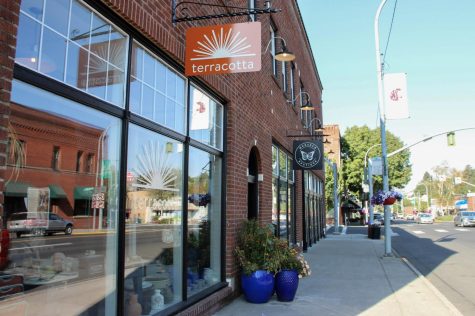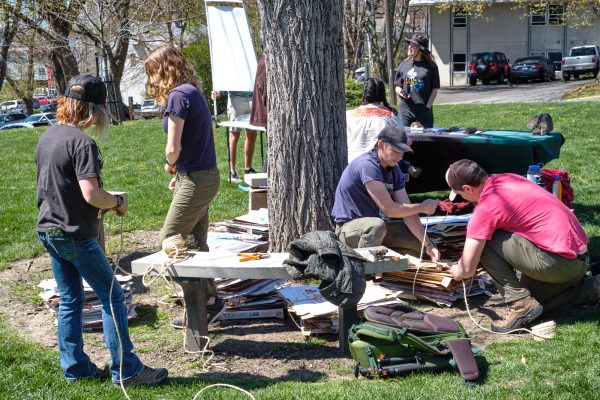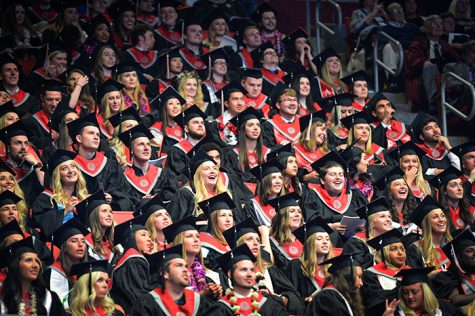Students and faculty create Kamiak Butte Virtual Reality Project
VR project shows promising way to connect with nature from afar
WSU students and faculty members work on virtual reality for Kamiak Butte
September 28, 2022
During the 2020 lockdown, WSU undergraduate Aidan Aumell realized his peers were deprived of opportunities he had experienced, namely a field trip to Kamiak Butte. Drawing on his internship in augmented reality technology, he took action.
“I’m really passionate about virtual reality, 3-D modeling, game development and game design,” Aumell said.
Currently pursuing his Master’s in education, Aumell graduated from WSU with a B.S. in digital technology and culture in 2020.
Along with professor Dr. William Schlosser, Aumell embarked on the Kamiak Butte Virtual Reality Project. Schlosser, known as Dr. Bill to students, teaches Natural Resource Ecology, SOE 300. He emphasized that ecology is all about understanding ecosystem interconnections.
“What plants are going to grow and what wildlife is going to respond? What is the interaction between those animals?” he said. “All of these different things meshing together is what really defines ecology.”
Kamiak Butte serves as a model ecosystem for students to analyze, thanks to the variety of native flora and fauna that call it home.
“That’s the interconnectivity that we’re trying to show in the classroom, but now with the virtual reality, we’ve got proof of it,” Schlosser said. “You can see the video imagery and convince yourself.”
To provide students with a digital version of the Butte during the COVID-19 pandemic, Aumell took immersive videos. Schlosser created lecture videos and an interactive field trip.
After two years, the project is a collaborative effort bigger than Aumell ever expected: over 50 students are assisting with data collection.
“I learn more about Kamiak Butte every day from all the content that we’re capturing,” Aumell said.
Aaron Johnson and Eric Tetzlaff both worked as teaching assistants for Schlosser’s course. Tetzlaff, junior environmental and ecosystem sciences major, set up cameras to capture footage of native ungulate species like deer, elk and moose.
“I love the fact that you can see these larger animals via the virtual ecology that you would probably never see just visiting normally,” Tetzlaff said. “Especially if you’re someone who hasn’t lived in the area, you get a full season view of Kamiak.”
Johnson, junior wildlife ecology and conservation science major, mounted nest cameras for great horned owls. He said that Aumell takes images of the Butte every month, and this continuity makes the project unique.
“You get to see the same spot in January, in September, or July, and you can see if mushrooms are sprouting, if the plants are growing,” Johnson said. “You get to see Kamiak Butte for not just a day.”
Since the cameras are constantly operating and frequently checked by members of the project, they reveal footage of amazing natural events, he said.
“We’ve got the migration of the elk caught on our camera traps. I’ve got 75 elk heading down the hill over to Moscow Mountain,” Schlosser said.
The cameras are also capturing species absent from the Butte for decades, he said.
“As time advances, you get a different forest habitat type,” Schlosser said. “Understory shrubs and certain species start to return after disturbances like fire.”
A couple of weeks ago, the cameras captured footage of a Cascade red fox, a rare subspecies of red fox native to Washington, he said.
“We’re seeing things we never got to see before,” Schlosser said.
This ever-expanding data bank may seem the most valuable aspect of the project, but Aumell said one of the coolest things is that it is a collaboration between students and faculty.
Schlosser recognizes that students’ ideas are vital to the advancement of the project.
“I ask everybody: What would you like to set up? What are your ideas?” Schlosser said. “Reaching out to a broad range of things is exactly what is going to get us all ahead.”
This collaboration is not restricted to past TAs, though. Schlosser said students do not have to be SOE majors to participate in the project.
“Anyone can get involved; I got a degree in digital technology and culture, which wasn’t even related to SOE,” Aumell said.
Besides continuing data collection at the Butte and getting more students involved, another way to increase the project’s impact is expanding to new sites, he said.
“It’ll be really interesting, not just with Kamiak Butte but maybe other places: Steptoe Butte, all the way to Mount Rainier, or sites on the East Coast as well,” Johnson said.
The latest addition to the project is a nighttime flight indicator, which identifies what bird species are migrating through the Butte in the dark by recording and analyzing audio. To check out the Kamiak Butte VR Project and virtual field trip, visit the project website.

